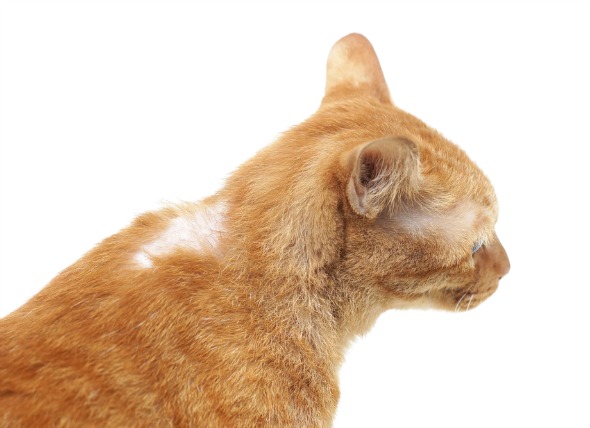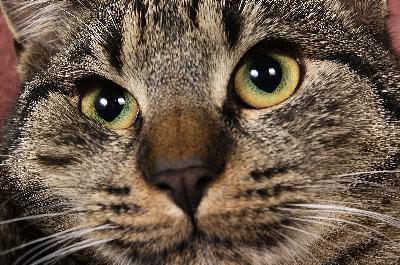
 There are two clinically important subspecies of coral snake in North America: the
There are two clinically important subspecies of coral snake in North America: the
The coral snake is from the Elapidae family of venomous snakes. Elapids have fixed front fangs that are used to inject venom into their victims. The coral snake is tri-colored and can be recognized by the bands of red, yellow, and black that fully encircle the body. The coral snake can be distinguished from the similar colored but harmless tri-colored kingsnake by the arrangement of the bands: if the yellow and red color bands touch, then it is the venomous coral snake; if the red and black color bands touch, it is the non-venomous kingsnake (this rule only applies to North American coral snakes – coral snakes in other parts of the world have different patterns). In addition, the coral snake has a relatively small head, with a black snout, and round pupils.
Bites are relatively uncommon because of the snake's reclusive and non-aggressive behavior and nocturnal habits. When injuries do occur, they often occur on the lip because an animal has gotten too close. Onset of clinical signs may be delayed several hours (up to 18 hours) after your pet was bitten. Victims develop paralysis, including paralysis of the breathing muscles. The primary cause of death is respiratory collapse.
You will need to give a thorough history of your cat’s health, recent activities, and onset of symptoms. Your veterinarian will need to rule out several other explanations for the symptoms before arriving at a diagnosis.
If you are sure that your cat has been bitten by a coral snake, your veterinarian will look for the fang marks so that the bite can be treated immediately and so that antivenom drugs can be given.
Your cat will be hospitalized for a minimum of 48 hours. The good news is that there is specific antivenom available. Do not try to treat your cat by yourself. If the bite is on a limb, you can tie a tourniquet around the limb above the bite, to slow the venom’s progress to the trunk of the body, but the most effective thing you can do is rapid transport to a veterinary facility (do not leave the tourniquet on the limb for a long period, as it will cut blood flow from the limb, resulting in further complications). If you know your cat has been bitten, do not wait for symptoms to initiate treatment. Once paralysis of the breathing muscles has taken place, your cat will be at risk of shock and even death. Snakebites are also at risk of infection, warranting antibiotics to prevent infection, and sterile dressings applied to the wound.
 Protozoan Infection (Trichomoniasis) in Cats
Trichomoniasisin Cats
The protozoa are single-cel
Protozoan Infection (Trichomoniasis) in Cats
Trichomoniasisin Cats
The protozoa are single-cel
 Hair Loss Related to Cancer in Cats
Feline Paraneoplastic Alopecia in Cats
Feline par
Hair Loss Related to Cancer in Cats
Feline Paraneoplastic Alopecia in Cats
Feline par
 Dark Spots on the Eye in Cats
Corneal Sequestrum in Cats
Corneal sequestrum occ
Dark Spots on the Eye in Cats
Corneal Sequestrum in Cats
Corneal sequestrum occ
 Why Do Cats Head-Butt?
Why Do Cats Head-Butt?
Why Do Cats Hea
Why Do Cats Head-Butt?
Why Do Cats Head-Butt?
Why Do Cats Hea
 How to Get Cats to Stay Away From a Porch & Get Rid of the Smell
How to Get Cats to Stay Away From a Porch &
How to Get Cats to Stay Away From a Porch & Get Rid of the Smell
How to Get Cats to Stay Away From a Porch &
Copyright © 2005-2016 Pet Information All Rights Reserved
Contact us: www162date@outlook.com